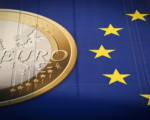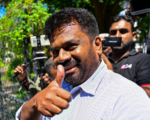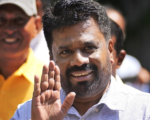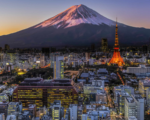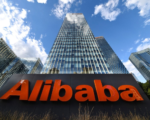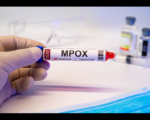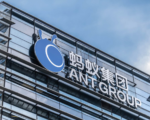Sri Lankan President’s Coalition Secures Historic Majority in General Election
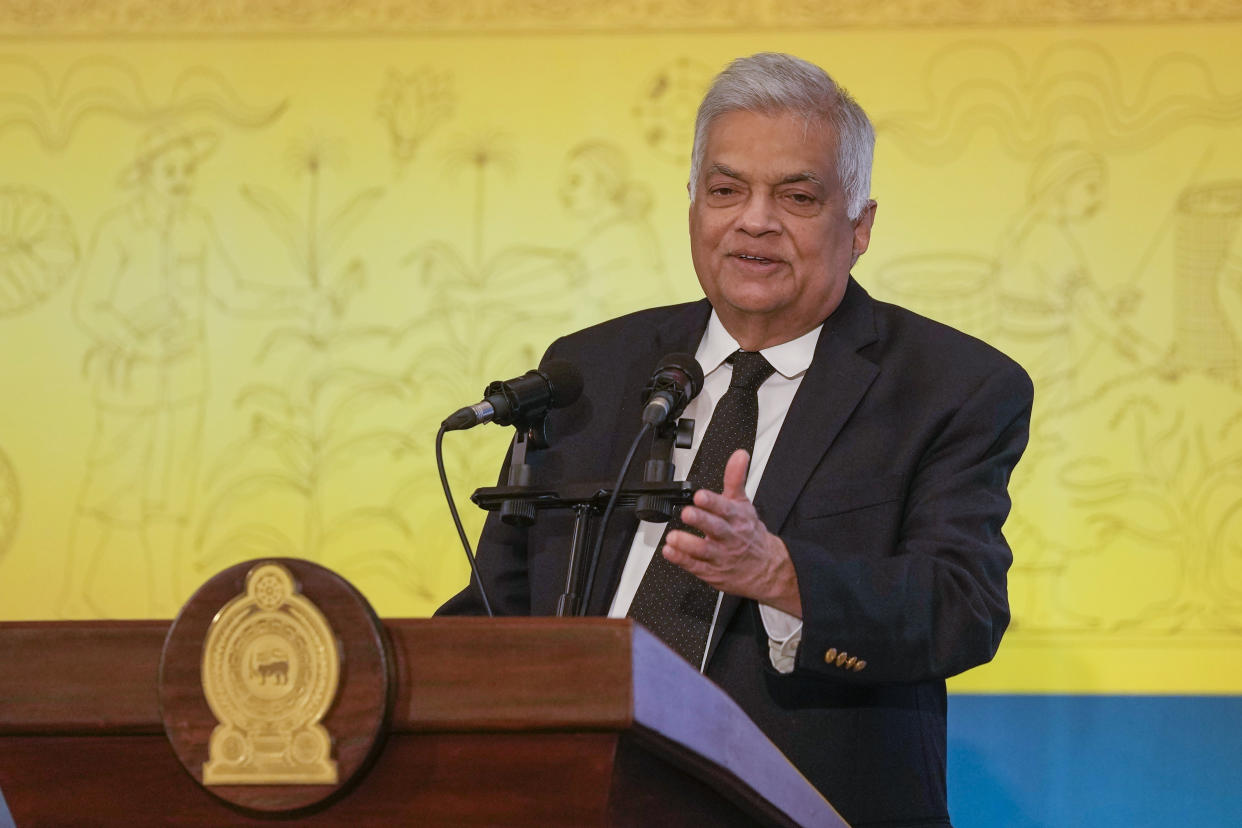
Sri Lankan President Anura Kumara Dissanayake’s leftist National People’s Power (NPP) coalition has won a commanding two-thirds majority in the country’s snap general election. This landslide victory grants the president the authority to pursue his ambitious reforms targeting poverty alleviation, anti-corruption measures, and economic recovery in the wake of a severe financial crisis.
Unprecedented Mandate and Widespread Support
The NPP coalition secured 159 out of 225 parliamentary seats, representing approximately 62% of the vote—an increase from the 42% support Dissanayake received in the September presidential election. This remarkable result includes unexpected backing from Sri Lanka’s northern and eastern regions, home to the minority Tamil population, signaling a unifying call for change across the country.
Analysts describe this as one of the most decisive election victories in Sri Lanka’s history, eclipsing the once-dominant Rajapaksa family’s Sri Lanka Podujana Peramuna party, which was reduced to just three seats. The opposition Samagi Jana Balawegaya party, led by Sajith Premadasa, secured 40 seats, while the New Democratic Front, associated with former President Ranil Wickremesinghe, won five seats.
“This marks a critical turning point for Sri Lanka,” Dissanayake declared, emphasizing the electorate’s support for a shift in political culture initiated during his presidential campaign.
Challenges Ahead: Governance, Policy, and Economic Recovery
Despite the political stability brought by this sweeping majority, the Dissanayake administration faces significant challenges. The coalition’s limited experience in governance raises concerns about its ability to implement complex policies effectively. The new government’s priority will be addressing the high cost of living, reducing taxes, supporting local businesses, and expanding welfare programs.
Dissanayake’s intention to renegotiate aspects of the $2.9 billion International Monetary Fund (IMF) bailout, which has been pivotal in Sri Lanka’s economic recovery, adds to the uncertainty. The president aims to soften stringent tax targets to redirect resources toward welfare programs, a move welcomed by struggling citizens but viewed cautiously by investors.
Economists warn that altering the bailout terms could delay future disbursements, jeopardizing Sri Lanka’s ability to achieve key fiscal targets, including a 2.3% GDP primary surplus by 2025. However, early reactions from the bond market have been modestly positive, with international bonds reaching their strongest levels since late 2021.
Reforming the Executive Presidency
The coalition’s two-thirds majority also grants Dissanayake the power to initiate constitutional reforms, including abolishing the executive presidency—a move he advocated as an opposition leader to curb abuses of power. However, analysts predict that immediate economic challenges will take precedence over constitutional amendments.
Looking Forward
Sri Lanka, still grappling with the aftermath of a historic economic crisis, is at a crossroads. While the electorate has delivered a decisive mandate for change, the path forward requires balancing bold reforms with economic stability.
As Bhavani Fonseka of the Centre for Policy Alternatives aptly noted, “The president has a huge mandate now to carry through the reforms but also huge expectations from the people. Sri Lankans are looking for tangible improvements in their daily lives.”






